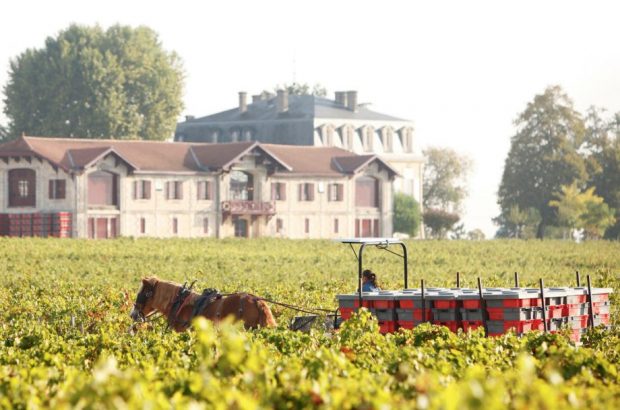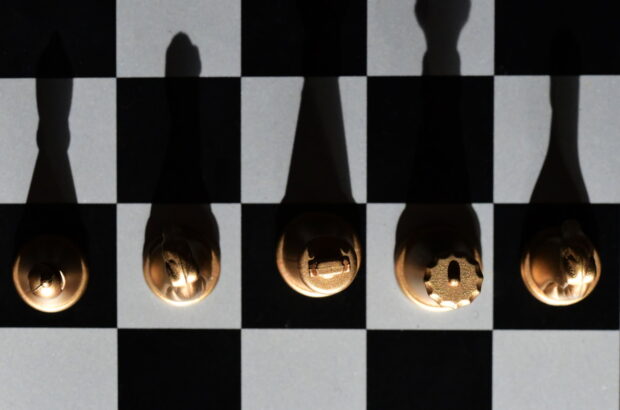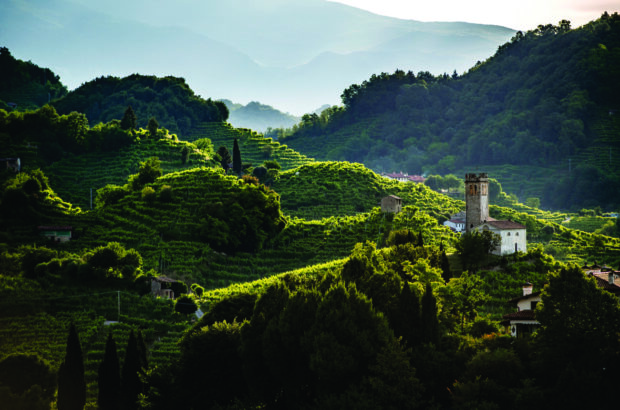The transformation in tasting rooms are increasingly becoming an influential part of the wine experience...
Sitting on a plush couch and listening to slow jazz while sipping a delicious reserve Zinfandel at the oh-so-cool Brown Estate tasting room in downtown Napa, I couldn’t help recalling the days when a California winery tasting room was an upturned barrel with open bottles sitting on it, and sips, poured by the winemaker, were free.
Then came the era of crowded tasting bars with plastic spit buckets that no one used. To refresh your memory, just watch the 2004 wine-buddy film Sideways.
‘The boom in new tasting rooms far outstrips the number of new wineries.’
In the past five years, the tasting room has morphed yet again, this time into elegant living rooms and slickly designed lounges with cosy seating, food pairing menus, sit-down guided tastings, idyllic vineyard views and the promise of an ‘experience’. Naturally the price to participate has gone way, way up.
The tasting room concept is fairly recent, popularised in New World regions. You’d be hard-pressed to find one, for example, in Burgundy or Bordeaux. In California, it was originally a low-key place to sample a winery’s products before you bought, open to the public for a certain number of hours each day.
The latest spots, though, offer something wider, a kind of social context. They put tasting into settings that resemble those where wine lovers usually drink. Part entertainment, part education, part day-long hangout destination, they include plenty of essential Instagram opportunities. The old idea of just tasting as much as you can, at as many wineries as possible, has given way to consumer desire for a way to immerse yourself in romanticised aspects of the wine-country lifestyle.
The decor of some reinforces the idea of wine as an expensive luxury, while many smaller producers have opened urban spaces in downtown Napa, Sonoma and Healdsburg designed to express their winery’s ‘personality’. Winemaker Mark Herold says his newly renovated Napa spot reflects his wines – eclectic, modern, accessible and unexpected. The centrepiece? A pink neon sign.
Others opt for hands-on activities or a casual nature vibe to pull in millennials. Picturesque, hacienda-style Scribe winery lets people taste in a relaxed natural setting and on cosy patios to ‘connect’ with the vineyard landscape. Popular brand the Prisoner Wine Company, bought for $285m by Constellation Brands in 2016, opened its first tasting room last autumn. It’s billed as a ‘Makery’, a busy art, wine and food centre, where you can hang out in studios with local artisans such as a soap maker, take classes and taste wine.
See also: What’s new in Napa – where to go
The boom in new tasting rooms far outstrips the number of new wineries. Their popularity is illustrated by the San Francisco Chronicle’s new online winery guide ‘the Press’, which includes reviews of the latest openings, detailing the space’s vibe and the cost, usually from $35 to more than $100.
For wineries, the purpose of tasting rooms is focused on the bottom line. The business model for new brands depends on direct-to-consumer sales, where profits are highest and on winning drinkers’ loyalty.
For Rob McMillan, senior VP of the Silicon Valley Bank’s wine division, tasting room experiences create memory markers in customers’ minds while encouraging sign-ups for wine clubs and mailing lists. They’re sophisticated profit centres that reinforce the image a winery wants to convey.
As with so much else in California wine country, controversy reigns. Expanding the definition of agricultural activities in Napa to include ‘related marketing, sales and other accessory uses’ opened the floodgates. Local critics there, and in Sonoma, worry the oenotourism promoted by new-style tasting rooms will destroy the region’s rural beauty.
It’s true that spots like the Prisoner’s Makery may seem more like entertainment and shopping complexes. But most of the new tasting rooms are fostering an attitude towards wine that most of us applaud: the idea that tasting wine isn’t just about what’s in the glass, but that it can also be part of conversation, culture and life.
Elin McCoy is an award-winning journalist and author who writes for Bloomberg News.












